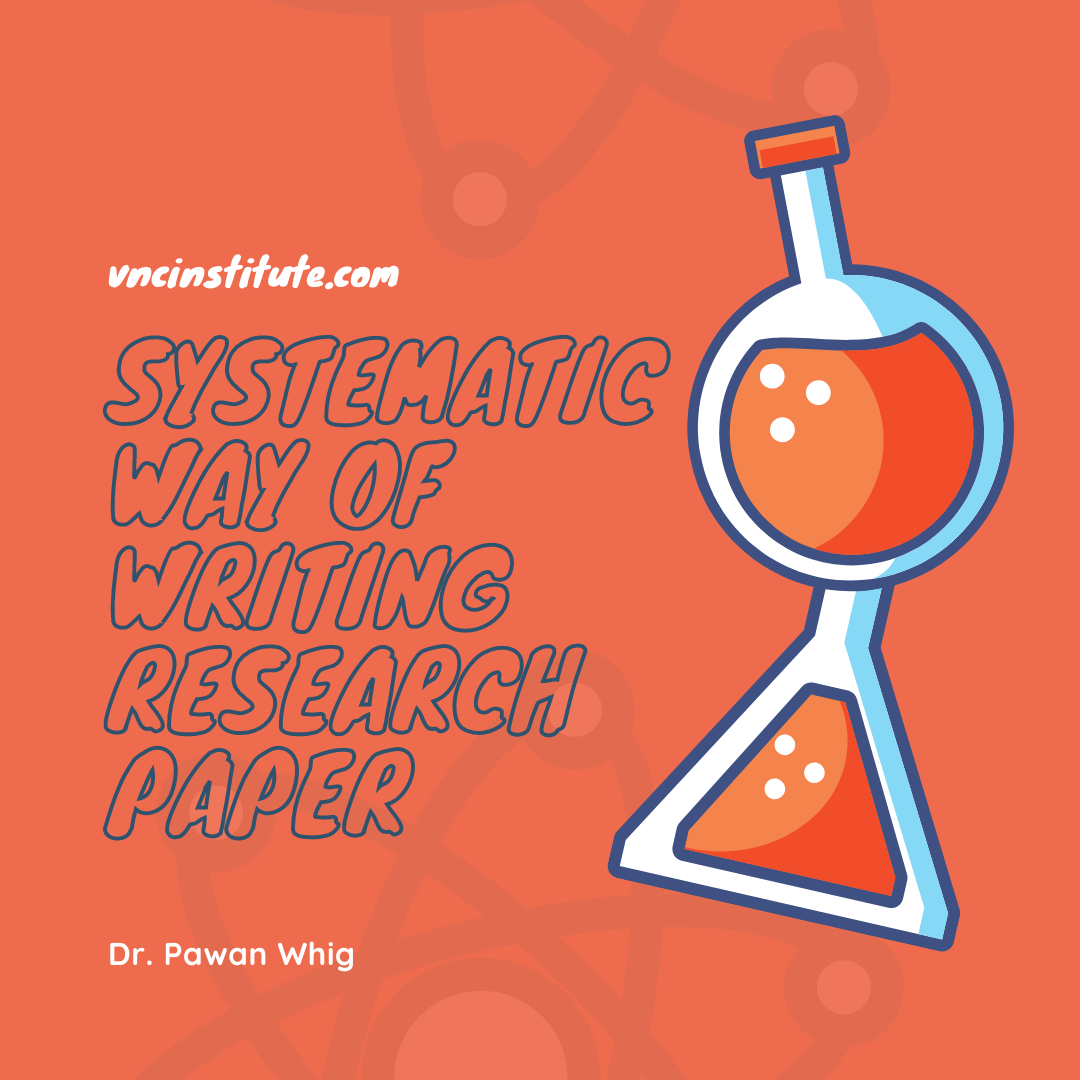Read and keep records.
Create a mind map or outline.
Rethink your thesis.
Draft the body.
Add the beginning and end.
Proofread and edit.
Interest, information, and focus
If you select a topic that interests you, your job will be more enjoyable, and you’ll retain more knowledge. Even if you’ve been given a broad topic, try to pick an angle that aligns with your personal interests. Choosing a #topic on which to conduct preliminary research may be necessary, so be sure you have enough knowledge to get started. Search for your topic in a reference library’s Reader’s Guide to Periodical Literature or an electronic resource like Proquest or Wilson Web.

Regarding Help
If you need assistance, contact us at contact@threws.com, no matter where you are in your research process. Analyze the outcomes to determine the volume of information that has been made available. Then, limit your subject to something doable.
It is time to go forward once you have chosen a topic and established that there is sufficient data accessible. If you’re still having trouble, go on to another subject. Stop squandering your time now.

Reading & record keeping
Keep an index card or a tiny notebook handy while you read. To begin, look up a broad article on your subject in a book like an encyclopaedia. Write down the author’s name, the title of the article or book, and any other relevant information on an index card or in a notebook according to the guidelines provided by your instructor (#MLA or #APA, for example). Write down the material you wish to utilise from each cited source, including page numbers, on index cards or in your notebook.
Put quotation marks around everything you copy verbatim so you can tell the difference between direct quotations and paraphrases afterwards.Some students use a particular index card method throughout the process of researching and writing that allows them great flexibility in organizing and re-organizing as well as in keeping track of sources; others color-code or otherwise identify groups of facts. Use any method that works for you in later drafting your paper, but always start with good recordkeeping.
Mind map
Make a functioning mental map or outline based on your pre-reading. Make sure to include all of the relevant information and thoughts you have on the subject, as well as any of your own. To keep things interesting, use a mind map instead of a list. Choose a strategy that is most effective for you. The goal is to create logical clusters of linked concepts. Using a mind map or outline makes it much simpler to rearrange a paper than starting from scratch with the writing.

Focus and craftsmanship
Thesis statements should be between three and five points in length and should be written with the understanding that they may need to be revised. Spend some time coming up with a one or two-sentence thesis statement, since it will dictate the course of the rest of your work.
Facts and examples
Now is the time to get serious about your research. To get a diverse set of sources, go to the internet, electronic databases, reference books, newspaper articles, and printed books. Make a note on an index card of the publication information you’ll need for your works cited (MLA) or bibliography (APA) page for each source. Write crucial information, instances, and distinctions between direct quotes and paraphrase. As you read, keep in mind that an expert’s judgement is more reliable than the average person’s, and that newer research may be more helpful in some cases than older studies. Make sure you don’t rely too much on online sources because their quality and authority might vary significantly, with some sites disappearing completely before you can find them again.
• Do not copy and paste text from the internet into your article. Butte College’s policy against plagiarism may be obtained through the Student Services office, and the college’s Critical Skills Plagiarism Workshop is offered each semester for anyone who are interested in learning more about plagiarism.
Read, edit, and make sure that your thoughts are well ordered and that they contribute to your thesis statement. You should have a single subject in each paragraph, which should be drawn from your thesis statement. If you find a paragraph that doesn’t support your thesis, either remove it or rewrite your argument. Verify that your quotations and paraphrases are correct and that you have credited your sources, even if you are paraphrasing your own words. Whenever you come up with an idea, give credit to the person who came up with it, not to yourself or your own meticulous thinking.

Matching mind map and thesis
Expand or update your working mind map or outline by adding facts, explanations, and examples once you’ve read thoroughly and acquired lots of data. As you create your key ideas, keep a sense of proportion in mind: (they should be spelled out in your thesis statement). Go back to the library if you require more material to fully develop these ideas, or change your thesis statement in light of what you have learned or the path your work has gone.
Beginning in the middle
Write the paper’s body, beginning with the thesis statement and ignoring the introduction for the time being (unless you already know exactly how to begin, but few writers do). Use supporting details to logically and methodically verify your thesis statement. For the time being, leave off the ending as well.
Organization and attribution
Read “Developing a Thesis and Supporting Arguments” and “How to Structure an Essay” for further information on creating papers that remain on topic. The “Academic Honesty at Butte College” pamphlet or the Critical Skills Plagiarism Workshop, offered each semester, might provide more information on preventing plagiarism.
Intro, conclusion, and citations
Finalize your work by completing the last draft. Add an introductory paragraph and a concluding paragraph of one paragraph each. If you’re writing an essay, the thesis statement is usually found in the first or second sentence in the introductory paragraph. Check that all of your citations are in the appropriate format for the citation style you’re using (MLA, APA). In the conclusion, don’t just rehash your thesis; instead, make a reference to it.
Time and objectivity
If you have the luxury of time, wait a few days after finishing your final draught before making any final edits. Taking a break can help you become more observant, objective, and critical. Be sure to proofread for proper grammar, punctuation, appropriate word choice, suitable and smooth transitions, sentence structure, and sentence variety before you submit your work,
This is very useful researchers who had started their journey of PhD

